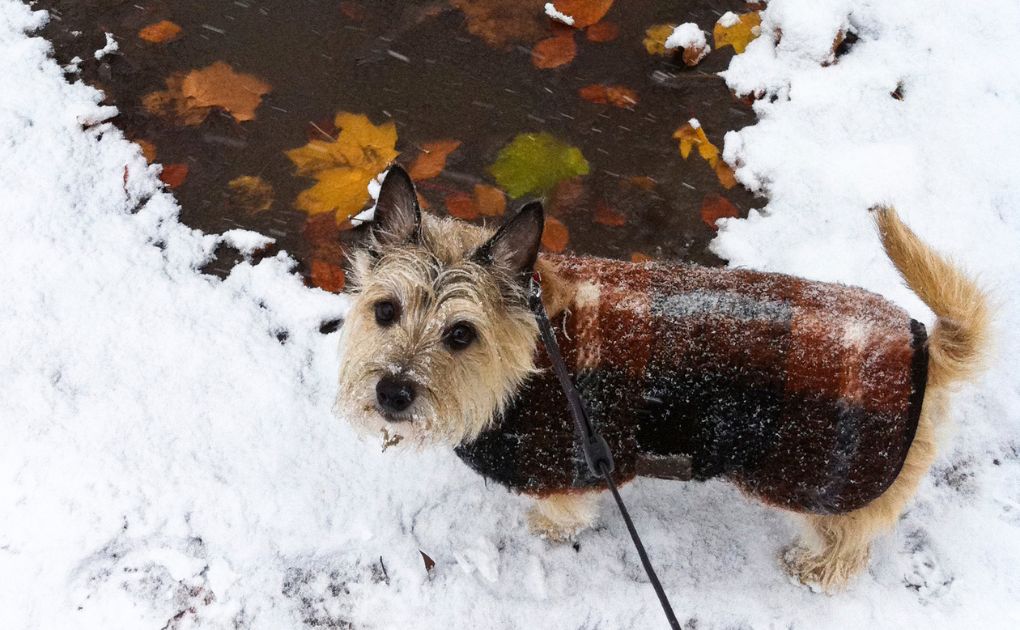


As the frosty winter weather is coming into place, it becomes imperative to prioritize the safety of our cherished four-legged companions during outdoor activities. If you harbor any specific concerns regarding your dog's well-being in winter, seeking advice from your trusted veterinarian is always a prudent approach.
Ensure Updated Microchip Information:
It is crucial to have your dog microchipped with updated contact information, including collar identification. This precaution is essential in case they decide to venture out unaccompanied. Cold weather, particularly in the presence of snow, can disorient dogs, making it challenging for them to find their way home if they wander off. If uncertain about updating microchip details, contact the provider for guidance.
Temperature Considerations for Winter Walks:
Prior to embarking on a winter walk, assess whether the weather is suitable for your dog. Different breeds have varying cold thresholds, and understanding your dog's breed-specific needs is paramount. Signs such as excessive paw lifting or licking, shivering, and whining indicate that your dog might be too cold. For added warmth, explore options like dog boots, socks, or coats. Indoor playtime and mental stimulation activities can be alternative exercises on exceptionally cold days.

Choosing Appropriate Winter Gear:
Not every dog will tolerate wearing a coat, so carefully consider the best options for your furry friend. Growing out their coat a bit longer or using paw wax can provide additional insulation against the winter chill.
Opt for Shorter, More Frequent Walks:
In extremely cold weather, opt for shorter and more frequent walks instead of one prolonged outing. Daytime walks are preferable for safety reasons, ensuring visibility for both you and your dog. If evening walks are inevitable, prioritize visibility with reflective leashes, collars, and clothing.
Post-Walk Hygiene Routine:
After each winter walk, use a warm damp cloth and a dry towel to wipe your dog's paws, legs, and stomach. This helps remove grit, dampness, or other irritants from their coat. Consider using a pet-safe skin conditioner or paw wax to prevent dryness, especially in winter conditions that can lead to rough and cracked paws.
Beware of Winter Hazards:
Antifreeze, commonly found during winter, is poisonous to dogs. Ensure it is stored securely out of their reach, as even a small amount can be fatal. Watch for signs of frostbite on your dog's ears, nose, foot pads, and tail. If suspected, contact your vet immediately. Be cautious of icy paths, hidden trip hazards, and potentially harmful objects during winter walks.

Adjusting Food Intake:
Consider adjusting your dog's food intake based on their activity level in the winter months. Reduced activity may necessitate a decrease in food intake to prevent weight gain, while dogs remaining active may require additional calories to compensate for the energy expended in the cold. Consult your vet or use resources like the PFMA calorie calculator for tailored advice.
Vigilance and Leash Safety:
Remain vigilant during colder months, avoiding prolonged outdoor stays, especially when unattended. Keeping dogs on a leash during harsh weather conditions enhances safety and ensures better control.
Winter brings its own set of challenges for our canine companions, but with careful consideration and proactive measures, you can create a safe and enjoyable outdoor experience for them. Always prioritize your dog's well-being, and consult your veterinarian for tailored guidance based on your individual pet's needs.